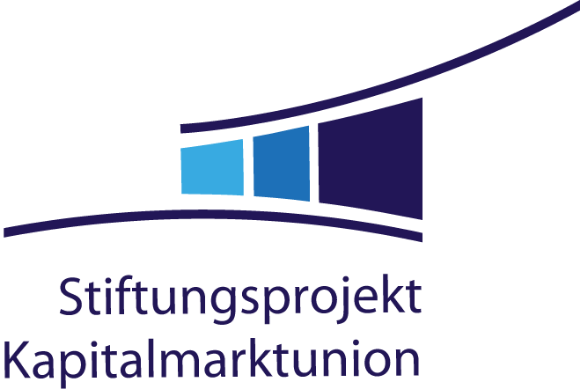The economy is facing a historic challenge: the transition towards a sustainable and digital future. The accompanying need for financing is enormous and it will be crucial to success to mobilise these necessary funds. Particularly in Germany's SME-dominated economic structure with its three pillars of the banking market, securitisations can and must make an important contribution at the interface between bank-based corporate financing and international capital markets.
New focus on securitisation markets
European securitisations performed excellently before, during and after the financial crisis. However, for understandable reasons, the market has been so badly affected that the European Commission is trying to revive the securitisation markets. In the public debate, among supervisors and banks, awareness of the benefits of securitisation and the need for a functioning securitisation market in Europe is coming back into focus.
Challenges and possible solutions
Against this background, a group of experts with a combined securitisation expertise of more than 150 years has addressed the obstacles and possible solutions for a stronger role of securitisation in financing the transformation. Large banks and institutions with granular portfolios or long securitisation experience are already using the instrument today. However, the very extensive European securitisation regulation and the resulting requirements for processes, IT and compliance represent a major hurdle for small and medium-sized banks. Yet it is precisely these institutions that contribute significantly to the financing of the broad SME sector in Germany. Discussions with institutional investors have shown that there is great interest in "German Mittelstand", provided that the necessary analysis of loan portfolios, data and the underlying processes in lending, rating, and servicing can be efficiently mapped.
The expert group therefore concludes that securitisation platforms can make a significant contribution by standardising structure, legal documentation, and data. These are promising if the processes in the lending business of the participating banks also have a high degree of standardisation, as is the case, for example, with the banks in the cooperative or savings banks sector. The expert group makes concrete structural proposals for securitisations of individual institutions (single originator) and multiple institutions (multi-originator).
Further development in regulation
This report focuses on possible solutions within the current regulatory framework. Nevertheless, European securitisation regulation urgently needs to be further developed, complexity reduced, and proportionality ensured in the European financial markets. This applies equally to public true sale securitisations and private transactions including the securitisation of short-term receivables via ABCP as important pillars of the securitisation market.
The complete final report, supported by the Capital Markets Union Foundation Project, can be found here:
The complete final report (original German version)
